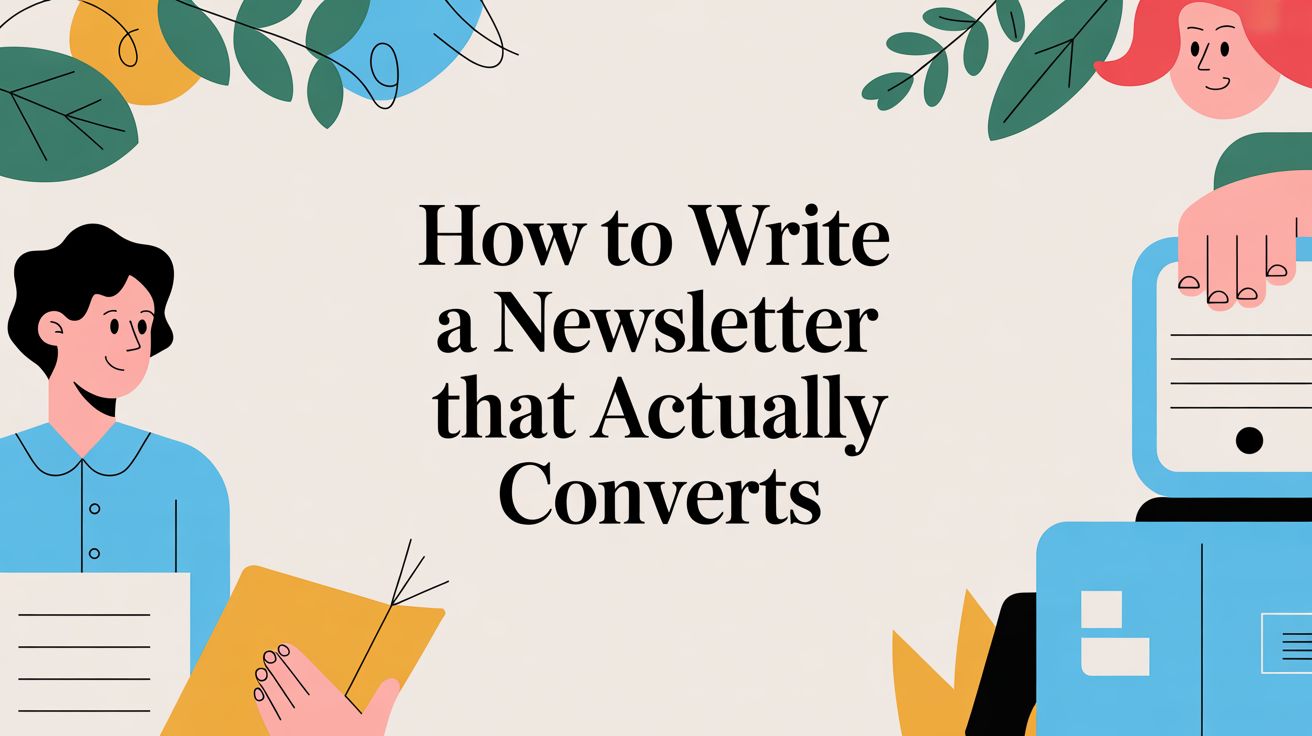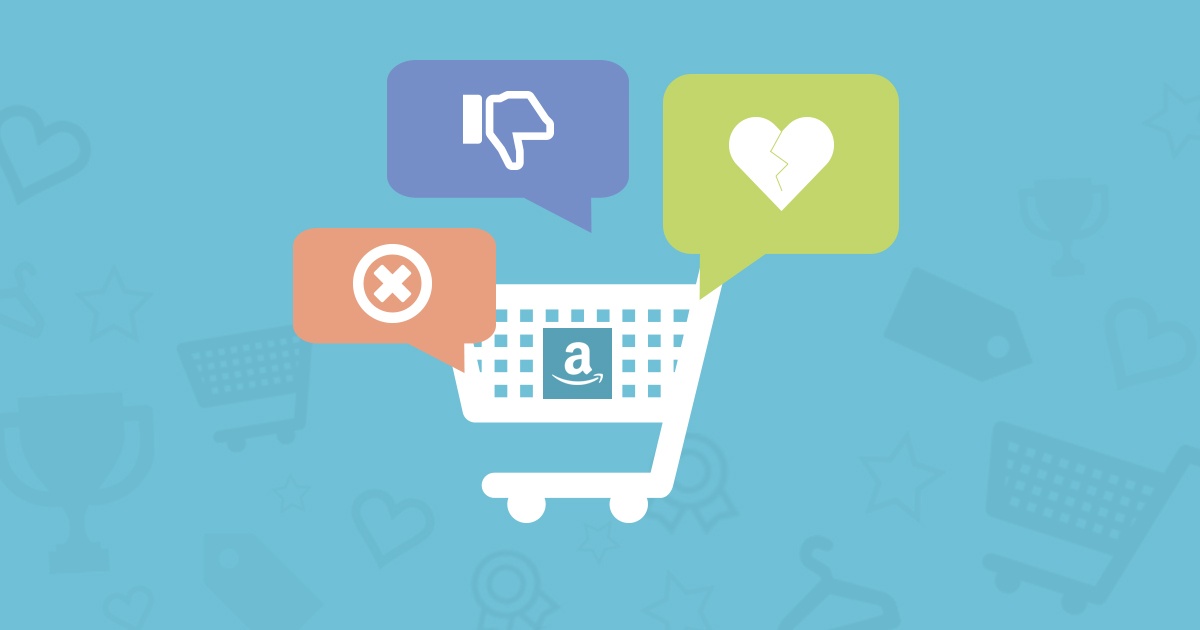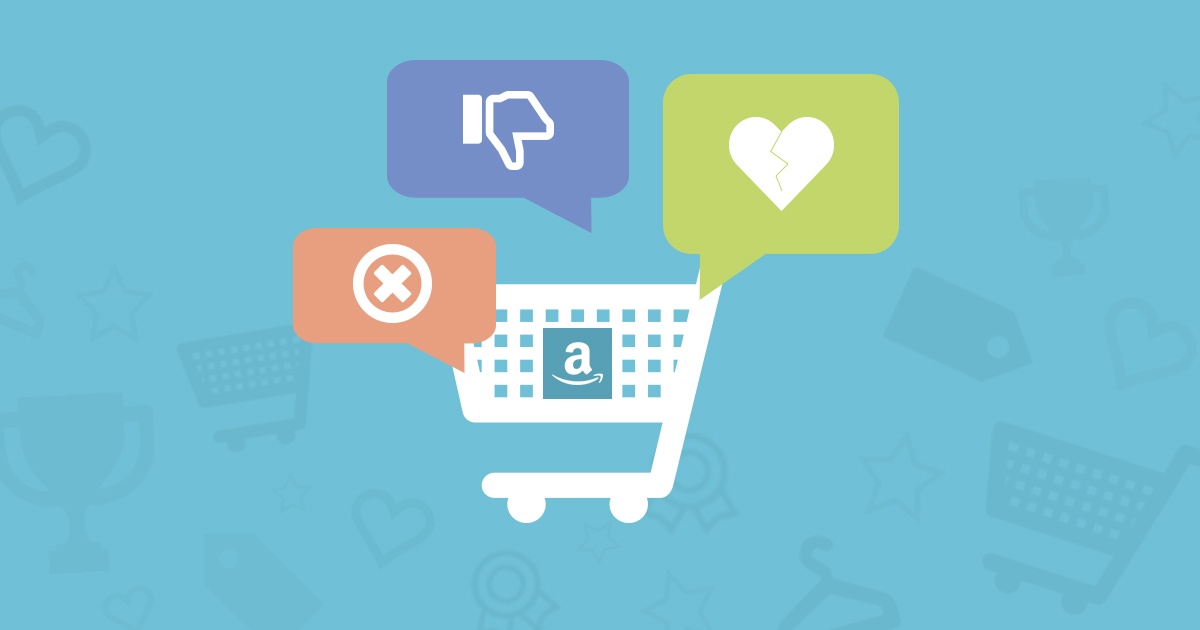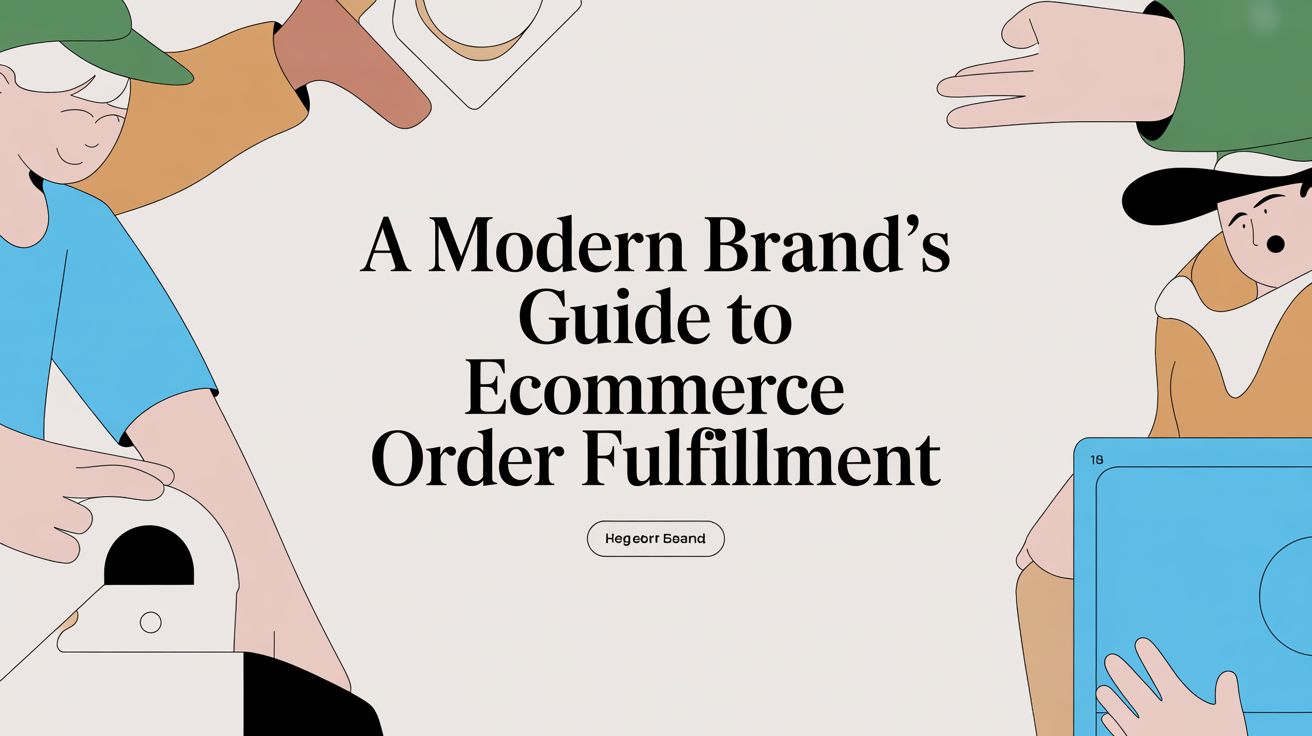
Prime Day: Lessons Learned

Based on the intensity of Amazon’s marketing push, who wasn’t excited about Prime Day? I've spent my career speaking and writing about how marketers can leverage customer psychology to increase revenue, leads, and customer acquisition, and I've built a business around it. Prime Day seemed like it might be super-sizing the concept.
But like a lot of consumers, Prime Day didn't do it for me. While the anticipation was there, the reveal wasn’t. I can’t imagine many had their retail therapy met with a $9.99 Lighter Sleeve/swiss army knife or a $17 Beard Growther. Consumers took to Twitter to complain about items selling out too fast, confusing navigation, lack of interesting deals, and lower-than expected discounts.

Customers didn't have a great day.
But Amazon did: estimates are that sales were up 80%.
Amazon is known for its customer-centric attitude, so they are certainly worried about the complaints, but we can't leave out the little detail that Prime Day did deliver on their stated goals: increase Prime membership, increase revenue, boost sales during a traditionally slow period.
What does this tell us? Net-net, Amazon got the job done with Prime Day. Regardless of what vocal customer sentiment was on Twitter and Facebook, clearly many customers had fun and opened their wallets.
Why? It’s simple. Consumers love the thrill of the chase. Amazon did a great job at creating a fear of missing out (FOMO) and added elements of competition by introducing “% claimed” and “Join the Waitlist”. It’s almost unfair how easy it was for them to move product that was certainly catching dust on their warehouse shelves.
It’s my belief that Amazon used this event as a test and learn for future sales. Although they spent a ton of money marketing Prime Day as a consumer-oriented event with huge deals on exciting items, the reality was that their real goal was liquidating outdated or underperforming merchandise. I’ll give them credit--they did mix in a few steeply-discounted popular items as loss leaders to build excitement and mask the majority of junk being offered.
Now it will be interesting to watch how often and with what variance will Amazon run these events. My bet is they run several per year, focusing on different strategies for each. For example, they may run a similar event around the most popular holiday items to drive conquest. Or one within a specific product category that may be proven to drive incremental revenue in other key categories (like food and grocery). Amazon has a good track record, and I bet with some fine-tuning, they will continue to reap the benefits of increased sales and acquisition of Prime customers while also improving customer satisfaction.
Other retailers should take note. This is a powerful strategy that is effective. To break it down, here’s how it works:
-
Planning - Pick a set of products and create an incentive that will drive a specific customer behavior and deliver on a key marketing goal.
-
Build Anticipation - Create buzz and awareness ahead of the “event” to make the event seem larger and more important than it really is.
-
Play on Consumer Psychology - Launch the event and reward those who respond fastest to create urgency and a fear of missing out from everyone.
It’s simple, powerful, and most importantly, repeatable if done right. If done wrong, it can spiral into a complete disaster. Amazon arguably has the strongest team to execute it. Any brand or retailer can, and should, tap into this kind of powerful marketing event. Luckily, retailers and brands have turnkey solutions like Quikly to successfully replicate this excitement and magical event whenever they want. When done correctly, a marketing promotion like this will outperform more traditional marketing efforts; and most certainly other stale efforts like sweepstakes or contests.
If you're interested in watching how some retail brands do, it watch this video. And keep an eye out for our forthcoming white paper with some best practices on how to make these promotions work.

Shawn is Quikly's CEO & co-founder.
